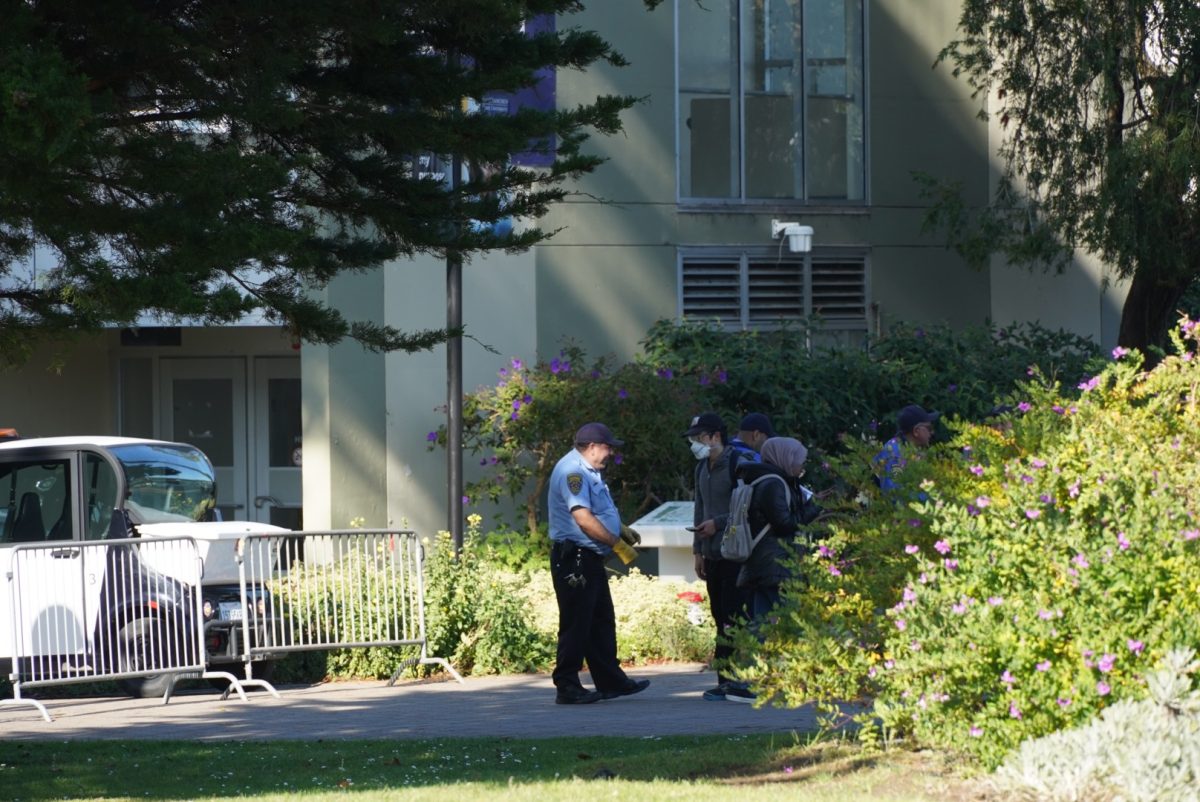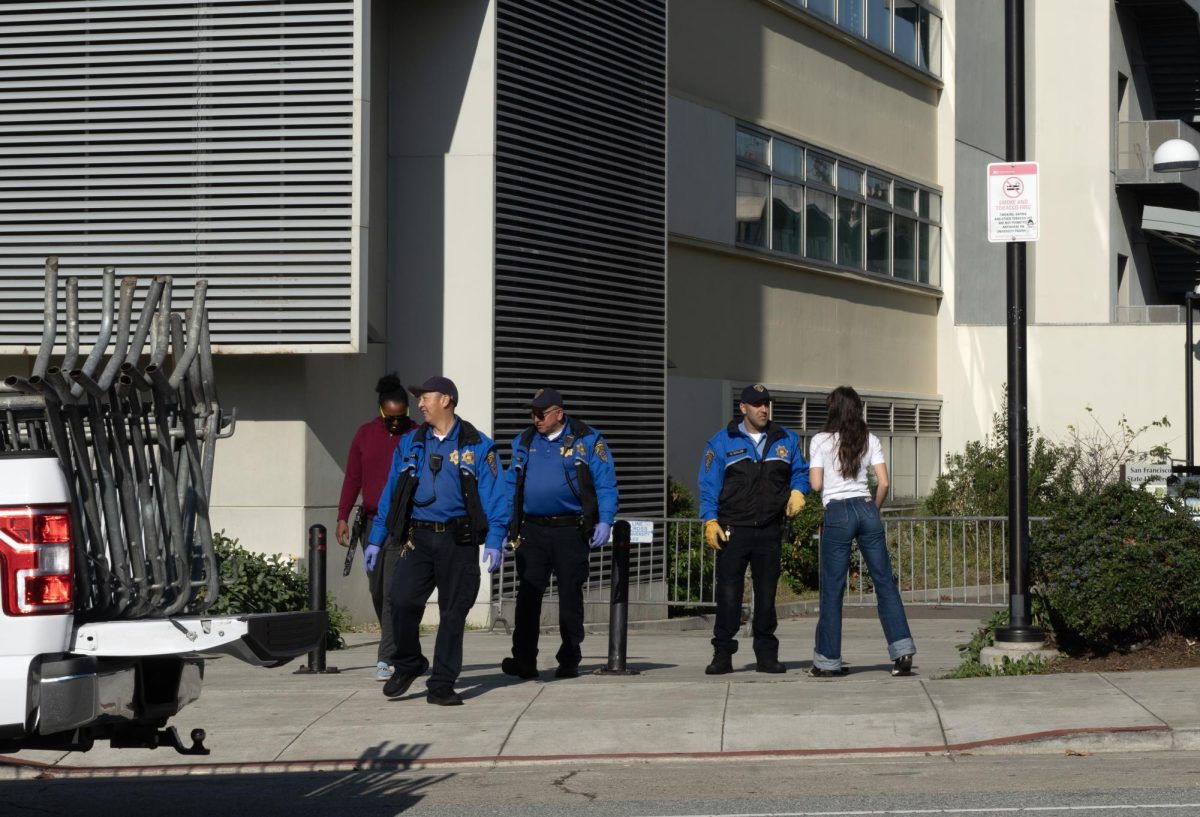The fall semester is three weeks in and emails to apply for graduation are being sent out. Not every path that leads students to the graduation stage was the same. However, the process laid out by SF State is cookie-cutter.
To graduate in the four-year time frame is a very daunting task. In the past, SF State has not stressed the importance of going to advising which has guided students who were scrambling on their own to course correct.
“Way back when I would look at my schedule and figure it out on my own. The only time I went into advising was when it was a mandatory one for our majors when it was almost time for us to graduate,” said SF State undergraduate advisor and alumni Danielle Yip.
Yip explains that many of the advisors are trying to make advising a more mandatory thing so that they can ensure that students don’t have any hiccups towards the end before it’s too late.
Many students leave the offices of advisors just as confused as to when they walked in. Therefore, reforms are necessary to adapt to the specific needs of the students at SF State.
Students can’t graduate on time, because they take extra classes that are not needed. The classes may have counted towards the major requirement before but now they don’t. And this wastes everyone’s time.
In the past, the roadmap PDFs for majors have been outdated and not updated to give proper information to students searching online. Information on flyers was even more dated than the online services.
“I think a lot of us have really big caseloads on our plates. It’s not possible for us to always have updated flyers. It can be overwhelming, I’m not saying it’s not true but we do try to keep it as up to date as possible” says Bibiana Arriola advisor for the Student Engagement Center (SEC).
SEC was established in spring 2017, “it was staffed with one person at the time,” said Arriola. The goal of SEC at the start was to offer help to students first and foremost by offering majoring advising and schedule making. If questions arose that SEC could not answer students would be referred to other departments that could further help.
Other advising offices like SEC have opened up on-campus, so students now do not have to wait for hours to see an advisor. Arriola remembers when she first started a few years back the wait times would be over two hours, now students rarely wait more than 30 minutes depending on the peak time of the school year.
With more services like SEC added to the campus, students are able to have a more well-rounded idea of what their schedules should look like.
Now before you even check-in to advising at the administration office, they make it very clear to students that they only offer general education information, not specific major requirements, which was not something they noted in the past.
“I’ve learned through a lot of recent training that there is an initiative by the school to add more advisors just to help students and give them a clear path they need… Our planned goal is to have 20 advisors, we are at give or take 15 right now,” said Yip.
Over the past few years, even months SF State’s advising has improved drastically. Yip explains they have weekly meetings to ensure that everything is on track within each college. They have been moving towards a partnership with the registrar and admission offices to show the most accurate reports out there.
With such a short-handed staff of advisors, it is understandable as to why it may be difficult to always have updated flyers and information on the site, but simply double-checking dates and curriculum does not seem like too difficult of a task. It’s also crucial for students to know that their specific major is not an area of expertise for the advisors in the administration office.









